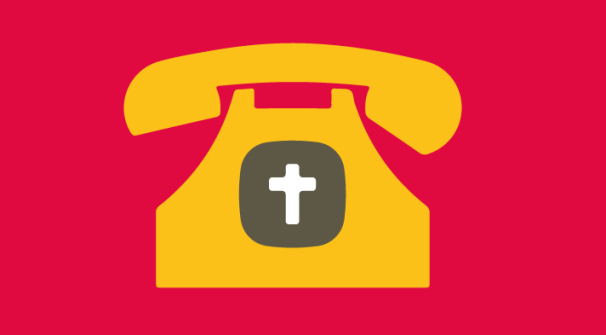- Safeguarding and protecting people
In recent guidance, the Charity Commission emphasises that safeguarding is a key governance priority for trustees of all charities and not just those working with groups traditionally considered to be at risk. In fulfilling trustee duties, trustees must take reasonable steps to protect from harm all people who come into contact with the charity. This includes staff and volunteers as well as others that benefit from the charity’s work. The guidance speaks about:
- Having safeguarding policies that are properly applied throughout the charity;
- Making use of Discloure and Barring Service (DBS) checks and how to treat workers from overseas;
- Protecting staff and volunteers;
- Safeguarding children or adults at risk;
- Particular issues when working overseas;
- Handling and reporting incidents and allegations;
- Updated guidance on serious incident reporting is available;
Working with or making grants to other organisations – do recipient organisations have suitable safeguarding policies?
This guidance serves to broaden the scope of safeguarding, whilst at the same time raising its profile as an issue for trustees.
- Guidance for charities with a connection to a non-charity
In this guidance, the Charity Commission recognises that there may be good reason for charities to establish and maintain close connections with non-charitable organisations. However, they go on to stress that the purpose of the connection must be to help the charity make a positive difference to its beneficiaries.
The Commission suggests a number of reasons why a charity might wish to have such a connection. In a church context, three are worth particular mention.
- As a way of managing risk;
- A good example could be a church running a café as part of its community activities. Rather than keep the café as part of the church, the church may choose to establish it as a non-charity organisation so that, if the café runs into financial trouble, its finances will be ring-fenced and will not bring the whole church down with it.
- As an effective trading structure to raise funds for a charity;
- This is a well-trodden path for many charities. A profit-making trading structure (often a subsidiary company) is used as a means of funding the charity. It is probably more likely to be Christian charities that use this model, but it is not unheard of in a church context.
- To provide an opportunity to strengthen the quality, reach and impact of a charity’s work;
- An example could be a CIC (Community Interest Company) which a church forms to run a particular part of its ministry. This might be in the form of a project or other initiative that impacts its local community.
Other examples of connections provided by the Commission are:
- As a main source of funding; or
- To provide other valuable resources.
Whilst recognising the potential benefits of such connections, the guidance also highlights significant risks and, as such, trustees:
- Must not allow a charity’s resources or activities to support non-charitable purposes;
- An example here might be a private nursery run out of church premises. In order to support such a venture, the trustees must be clear how the venture meets its charitable purposes.
- Should identify, properly address, and review any risks that come from the connection with the non-charity organisation.
Sharpen
Quarterly emails for trustees, treasurers and Church and Charity Leaders. Practical tools, technical resources and expert guidance to safeguard your mission and ministry.










